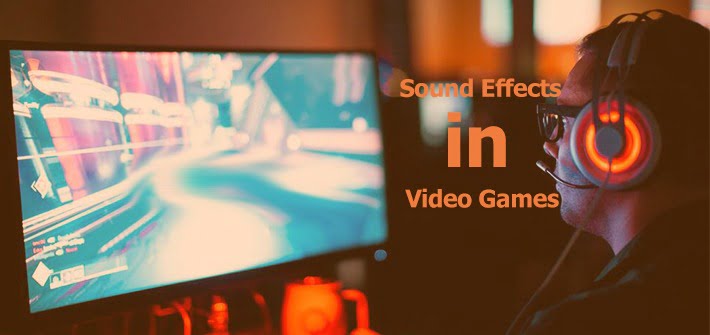Introduction
The world of video games is a vast and immersive realm where graphics and gameplay are only part of the equation. The auditory experience plays a crucial role in shaping a player’s engagement and emotional connection with a game. Learning how to make music and sound effects for video games is a thrilling journey that combines technical skill with artistic creativity. In this article, we’ll explore the essential steps to dive into the exciting realm of game audio creation.
Understanding the Importance of Game Audio
Before delving into the process of creating music and sound effects, it’s essential to recognize the significance of game audio. Sound effects and music contribute to the atmosphere, enhance storytelling, and guide the player’s emotions. From the subtle rustling of leaves to the thunderous soundtrack during intense moments, audio elements breathe life into virtual worlds.
Essential Skills and Tools
Musical Proficiency:
While musical talent isn’t mandatory, having a basic understanding of music theory and proficiency in an instrument can be advantageous. Familiarity with rhythm, melody, and harmony will aid in crafting compelling compositions.
Digital Audio Workstations (DAWs):
Acquaint yourself with popular DAWs like Ableton Live, FL Studio, or Logic Pro X. These software platforms serve as the canvas for your musical creations, allowing you to compose, edit, and arrange your music.
Sound Design Techniques:
Learn the art of sound design, which involves manipulating and creating sounds to fit the game environment. Experiment with synthesizers, sample libraries, and recording techniques to build a diverse library of audio assets.
Programming Basics:
Understanding the basics of programming is valuable for implementing audio into games. Familiarize yourself with scripting languages like C# or Python, which are commonly used in game development.
You can also use some help from ChatGPT.
Here is some tips on how to properly use it.
The Creative Process
Understanding the Game:
Before you start composing, immerse yourself in the game’s narrative, aesthetics, and atmosphere. Understanding the context will guide your creative choices and ensure that your music and sound effects align with the game’s vision.
Collaboration with Game Developers:
Work closely with game developers to grasp their vision and requirements. Regular communication ensures that your audio elements complement the gameplay seamlessly.
Iterative Approach:
Game audio is an iterative process. Be open to feedback and revisions. Test your audio in the game environment, gather feedback, and refine your work accordingly.
Embracing Creativity:
Don’t be afraid to experiment and think outside the box. Video game audio offers a unique canvas for creativity, allowing you to blend traditional instruments with electronic elements or create otherworldly soundscapes.
The Role of Adaptive Audio
Adaptive Audio Techniques:
As games become more sophisticated, the demand for adaptive audio experiences has grown. Adaptive audio refers to the dynamic adjustment of music and sound effects based on the player’s actions or the game’s context. Learn about adaptive audio middleware such as Wwise or FMOD, which allows you to implement dynamic audio systems.
Explore the concept of “vertical layering,” where different layers of music can be added or removed in response to the player’s actions. This technique enhances immersion by making the audio experience more responsive to the gameplay.
Understand how to implement adaptive sound effects that change based on in-game events, creating a more dynamic and engaging auditory experience for players.
Conclusion
Embarking on the journey of creating music and sound effects for video games is a rewarding endeavor that combines technical expertise with artistic expression. As technology continues to advance, the possibilities within game audio expand, offering aspiring creators an exciting landscape to explore. Whether you’re an experienced musician or a novice sound designer, the world of video game audio is waiting to be enriched by your creativity.
The addition of adaptive audio techniques opens up new dimensions in game audio creation, allowing for a more personalized and immersive player experience. As you delve into the world of adaptive audio, remember that flexibility and creativity are key. Embrace the evolving nature of game development and stay curious about emerging technologies and techniques. The future of game audio is dynamic, and your contributions can shape the way players interact with and experience virtual worlds. Dive in, experiment, and let your imagination continue to push the boundaries of what is possible in the realm of video game audio.



